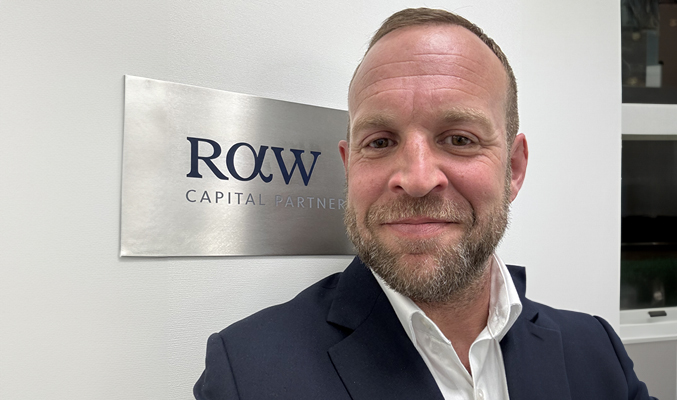Don’t burn your bridges with permitted development rights conversions
By Bridging Loan Directory
Despite considerable growth in the past 5 years, margins and rates for Permitted Development Rights (PDR) conversions are being squeezed and we are approaching a period of consolidation. Desirable stock in the UK’s major cities is becoming scarce, with the majority of prime, unused office sites already converted or currently undergoing a residential conversion. Opportunities in these traditionally attractive areas are becoming difficult to source, but there is still a slice of the pie for the developer that’s willing to diversify.
The PDR market has been and will continue to evolve as a result of capital values and housing demand growing far quicker for residential property than for commercial. Whilst the market is still relatively strong, diversifying routes to sustainable housing stock is vital and developers are now testing the waters in the UK’s secondary towns and cities where unused office supply is still ample. Changes in working practices and developments in digital technology – namely cloud computing – has allowed entire offices to become completely mobile, also acting as a catalyst for the constant supply of unused offices spaces ready for conversion.
Permitted development bridges – capitalising on PDR opportunities
The attraction surrounding PDR conversions is partly down to developers not needing to go through the traditional costly and time-consuming planning routes, providing a much faster process to fulfilling their objectives and demands of the end buyer. A general lack of desire to provide short term finance from the mainstream banks has forged a path for the more specialist players to tailor loans according to the objectives of each individual opportunity.
Permitted development (PD) bridges are an ideal candidate for funding on properties with ‘change-of-use’ opportunities. Fast and flexible in nature, PD bridges allow developers to purchase locations that have existing PD permissions, demonstrating itself as a favourable type of short-term finance – especially in a market where office stock supply is scarce, and the land grab is high.
Time is of the essence with ‘change-of-use’ conversions and the finance for PD purchases needs to be too. The execution with PD bridges occur in a matter of weeks, meaning the developer has enough time to arrange any form of enhanced planning whilst also securing development finance to finalise the project.
Here are Oblix Capital’s top tips when it comes to arranging PD bridges:
- Do your research:
This might be an old cliché but couldn’t be more accurate when it comes to PD bridges. A lender will want evidence that the borrower has not only identified a suitable site but researched the local area for transport links, employment and most importantly demand. Lenders will always be more committed to financing projects when the borrower can demonstrate sustainable demand from the end user as well as the mortgage-ability of the finished units.
- Experience is a must
This is a specialist form of short-term finance and with that in-mind, its vital borrowers can demonstrate the necessary skills and experience to deliver high-quality PD conversions on time and within budget. Planning experience also adds another string to a borrower’s bow, playing an instrumental role in maximising property’s value. Evidence of previous successes will boost the chances of obtaining a PD bridge as well any subsequent finance when finalising the project.
- Have a clearly defined exit:
Aside from ensuring the borrower repayment terms are viable, lenders like to ascertain that a clear exit strategy is in place. As with most PDR conversions, properties will undergo a period of transformation seeing the commercial attributes become residential. Development finance is a practicable form of finance that allows exit on the PD bridge whilst providing the funds to complete the transformation. More and more borrowers are using ‘development wraps’ that encapsulate the bridge and development finance under one deal and one lender.
Oblix Capital have financed multiple ‘change-in-use’ projects over the past 4 years with conversions ranging from office to residential, student accommodation and semi-commercial. The majority of these cases have been ‘wrapped’ into development loans – something that is proving to be a popular choice in Oblix’s current product portfolio. Recent cases include an 80-unit office-to-residential conversion in Manchester, a 77-unit office-to-residential conversion in St Albans and a 75-unit office to student conversion in Leicester.
Since its introduction in 2013, Permitted Development Rights (PDR) has gone someway to tackle the UK’s current housing crisis and ensuring this continues to spread to the UK’s secondary cities will be key to its momentum. Lending capabilities such as flexibility, speed of execution and expert underwriting practices have typified the successes of PD Bridges making them a suitable vehicle to capitalise on the existing PDR opportunities.
Andy Reid, Sales Director, Oblix Capital











You must be logged in to post a comment.